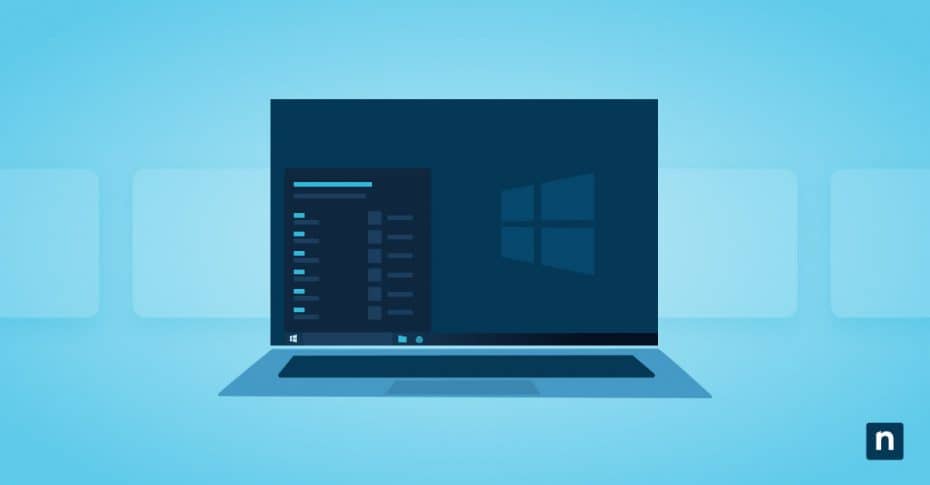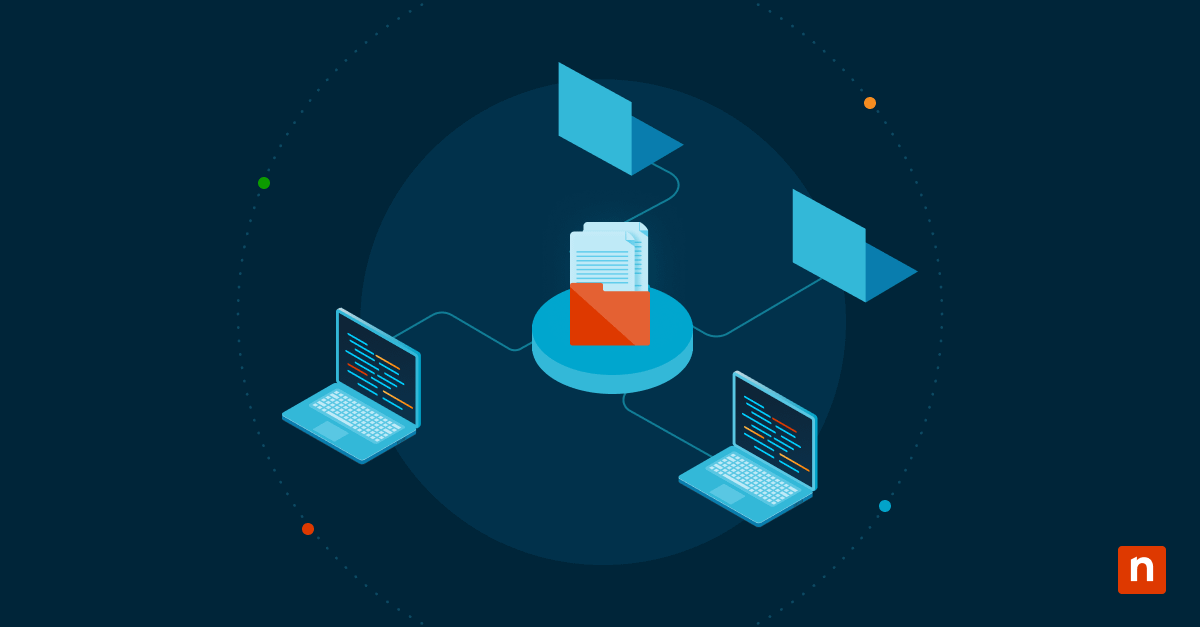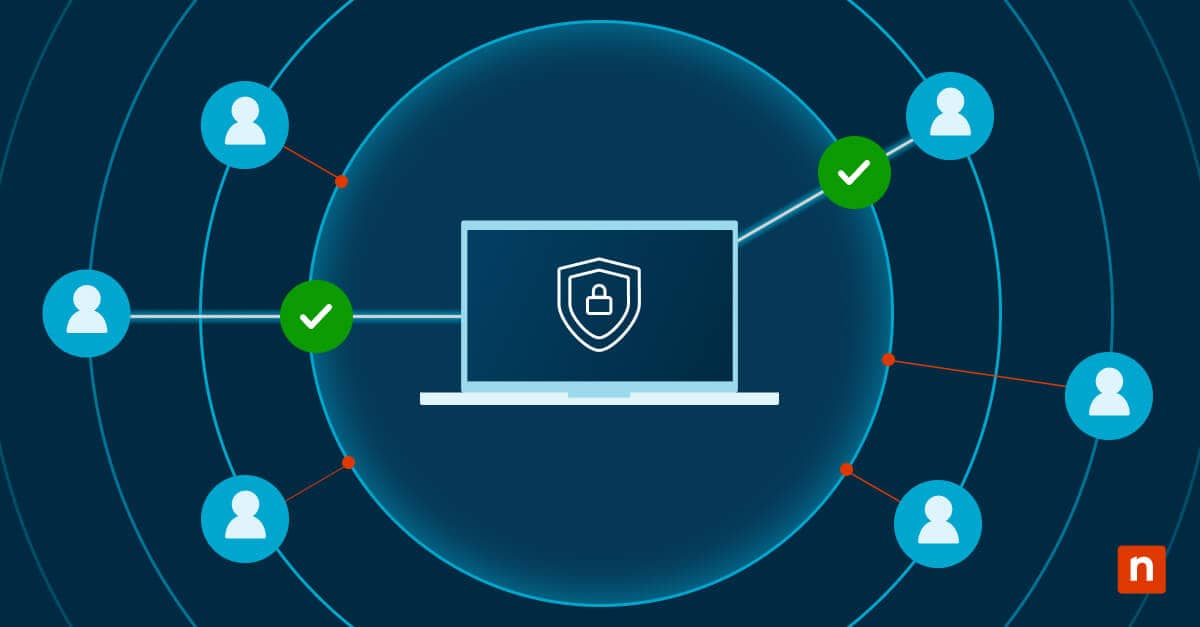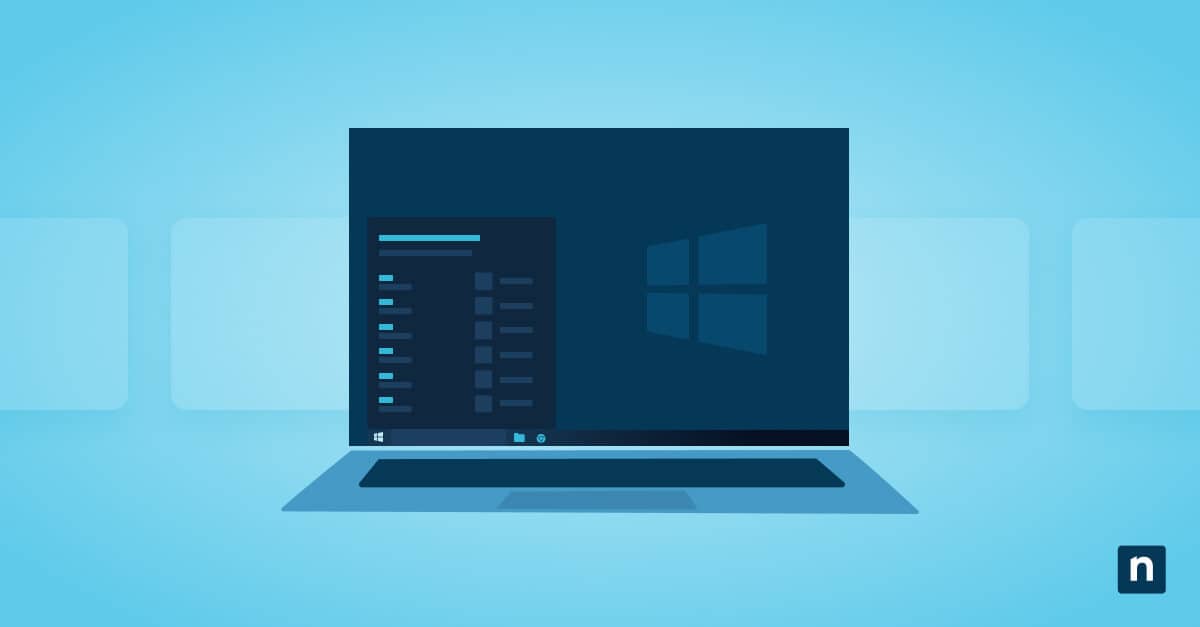Managing workflows can be demanding, especially when switching between numerous files and folders simultaneously. With Quick Access on File Explorer, Windows provides shortcuts to recently and frequently used folders, so you won’t have to locate files manually every time.
This guide will explain how to add or remove Quick Access favorites on Windows 10, allowing you a quick path to your files every time you work.
What is Quick Access?
Quick Access is a Windows File Explorer (Win + E) feature that displays folders you regularly access, enabling you to quickly open your files. Utilizing it will streamline your workflows and prevent instances where you have to explore your hard drive manually.
One of Windows 10’s niftiest features is adding favorites to Quick Access. It lets you customize your workflow, granting you an easy path to your files and making navigation on File Explorer easy. Moreover, you can also remove unnecessary folders you no longer need, decluttering the interface.
How to add or remove favorites in Quick Access
1 . Adding a folder to Quick Access
- Navigate to the folder you want to pin. Look in File Explorer or hover your mouse over it if it’s on your desktop.
- Right-click on the folder name and select Pin to Quick Access.
- The folder will now appear under Quick Access in the navigation pane.
2 . Removing a folder from Quick Access
- Open File Explorer (Win + E) and head to the Quick Access navigation pane.
- Right-click your chosen folder listed under Quick Access.
- Select Unpin from Quick Access to remove it.
- The folder will no longer be present in the Quick Access section.
3 . Clearing all recent and frequent folders from Quick Access
- Open File Explorer (Win + E).
- Click on the ellipsis (three dots) in the toolbar on the top right next to the Filter option.
- From the dropdown menu, select Options, opening the Folder Options window.
- On the General tab, go to the Privacy section.
- The Clear File Explorer History button is on the bottom right of the four checkboxes. Click Clear to execute.
Troubleshooting and common issues with Quick Access Favorites
Folders not appearing after pinning to Quick Access
- If the pinned folder is not appearing, try repinning the folder.
- Restarting File Explorer can solve the issue.
- Press CTRL + Shift + ESC to open Task Manager.
- Find Windows Explorer on the list. You can also look for it using the search bar at the top of the window.
- Right-click Windows Explorer and select Restart.
- The program will restart, and your pinned folders should now appear.
- Restart your computer to refresh File Explorer.
Quick Access is not showing pinned folders
Quick Access might be restricted in your system. To check and enable it, you can do the following:
- Open File Explorer (Win + E).
- Click the three dots in the top-right corner and select Options, opening the Folder Options window.
- Under the Privacy section, check the Show recently used files in Quick Access” and “Show frequently used folders in Quick Access.
- Click OK to apply the changes.
Cannot remove a folder from Quick Access
If you’re unable to remove a folder from Quick Access or if it continues to appear, follow these steps:
- Open File Explorer (Win + E).
- Click the three dots in the top-right corner and select Options.
- On the Folder Options window, go to General.
- Under the Privacy section, uncheck these options.
- Show recently used files in Quick Access
- Show frequently used folders in Quick Access
- Click Apply, then press the Clear button next to Clear File Explorer History. This will reset Quick Access and remove the folder.
- You may re-enable the options if you want, then click OK.
Frequently Asked Questions (FAQs)
Can I pin files to Quick Access or only folders?
You cannot pin files to Quick Access. This feature is only reserved for folders.
If you would like to access your files via Quick Access easily, the key is to add them to a folder if they aren’t already there, and then pin the said folder.
How do I add favorites to Quick Access?
You can add favorites to Quick Access on Windows 10, which will conveniently appear in the Home section of File Explorer. To add individual files to Quick Access, do the following steps:
- Locate the file you want to add to your favorites. They can be on File Explorer or your desktop.
- Right-click the file, then select Add to Favorites.
- The file should now be in your Favorites.
How many folders can be pinned in Quick Access?
You can pin up to 50 folders. This limit applies to pinned folders since Windows will still show recent and frequently accessed ones. If you reach this limit, you must unpin old folders before adding new ones.
Will pinned Quick Access folders sync across different devices?
No, pinned Quick Access folders do not sync across different devices, even if you use the same Microsoft account. They are stored locally in each computer you are logged into.
Alternatively, you can back up your files on Microsoft OneDrive and access them from any device with your Microsoft account via Quick Access. Otherwise, you must manually back up, sync, and pin these folders.
How do I reset Quick Access to the default settings?
- Open File Explorer (Win + E)
- Click on the ellipsis (three dots) in the toolbar on the top right. It is located next to the Filter options.
- From the dropdown menu, select Options, opening the Folder Options window.
- On the General tab, click Restore Defaults.
Can I disable Quick Access altogether?
Yes, there are several ways to disable Quick Access.
Disable using File Explorer
Performing these steps will prevent Quick Access from showing recent and frequently used files and folders.
- Open File Explorer (Win + E).
- Click on the ellipsis (three dots) in the toolbar on the top right and select Options.
- From the Folder Options window, go to the General tab and uncheck both of these options:
- Show recently used files
- Show frequently used folders
- Click Clear to remove any existing data from Quick Access.
- Finally, select OK to finalize the changes.
Disable Quick Access from the Navigation Pane
Here’s a step-by-step process if you’d like Quick Access to disappear from the Navigation Pane.
- Press Win + R, type gpedit.msc, and press Enter to open Group Policy Editor. (Note: This is not available in Windows Home editions.)
- Go to User Configuration > Administrative Templates > Windows Components > File Explorer.
- Locate and double-click “Do not use the search-based method when resolving shell shortcuts.”
- Set it to Enabled, then click OK.
- After this, find “Do not show quick access in the navigation pane” and double-click it.
- Set this to Enabled, and click OK. Restart your computer to see the changes.
Note that this requires administrator privileges; if you’re a regular user, you won’t be able to use this process.
Quick Access on Windows 10: Find your files faster
You can significantly improve your overall workflow by customizing Quick Access, giving you instant access to your most-used folders. Whether you’re pinning important folders, removing unnecessary shortcuts, or resetting Quick Access to its default settings, the above mentioned steps will make your file management experience smooth.







